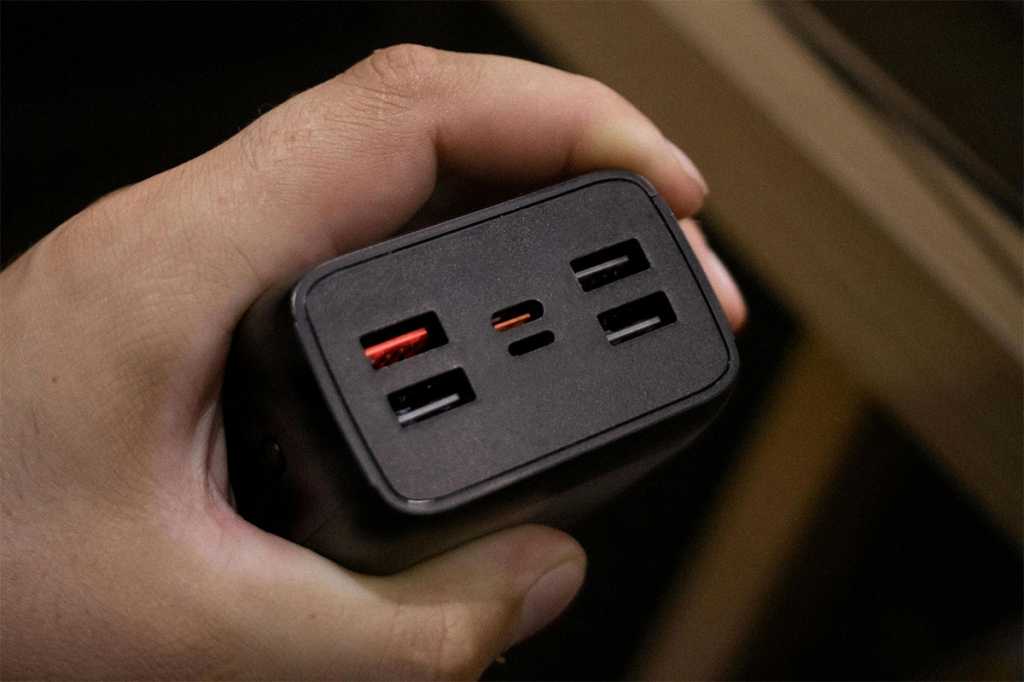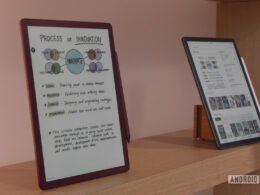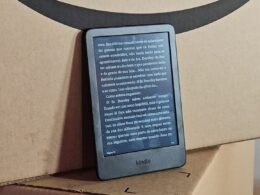When Apple abandoned the Lightning connector in favour of USB-C a couple of years ago, many people cheered, not least in the UK and Europe, where new rules were behind the decision. With USB-C in almost every gadget, there would finally be order and consumers would avoid the hassle of different cables, connectors and chargers.
That was the idea, but the promised USB-C paradise has not materialised. While the vast majority of electronic gadgets have USB-C connectors, the confusion over which cables and chargers work with which devices is at least as complicated as it was five years ago.
In some ways, it’s worse – especially as chargers are not typically supplied in the box any longer – but we can help explain all the USB-C charging jargon, standards and speeds to help you find the right one for your phone, tablet or other tech.
Here’s what the rules say
The EU USB-C requirement, known as the Common Charger Directive, became law at EU level in 2022, updating the older Radio Equipment Directive from 2014. It is up to each Member State to transpose the rules into its own laws.
The requirements only apply to products that have rechargeable batteries that can be charged by cable. Products that can only be charged wirelessly are not covered, nor are products with replaceable batteries that are charged via separate chargers.
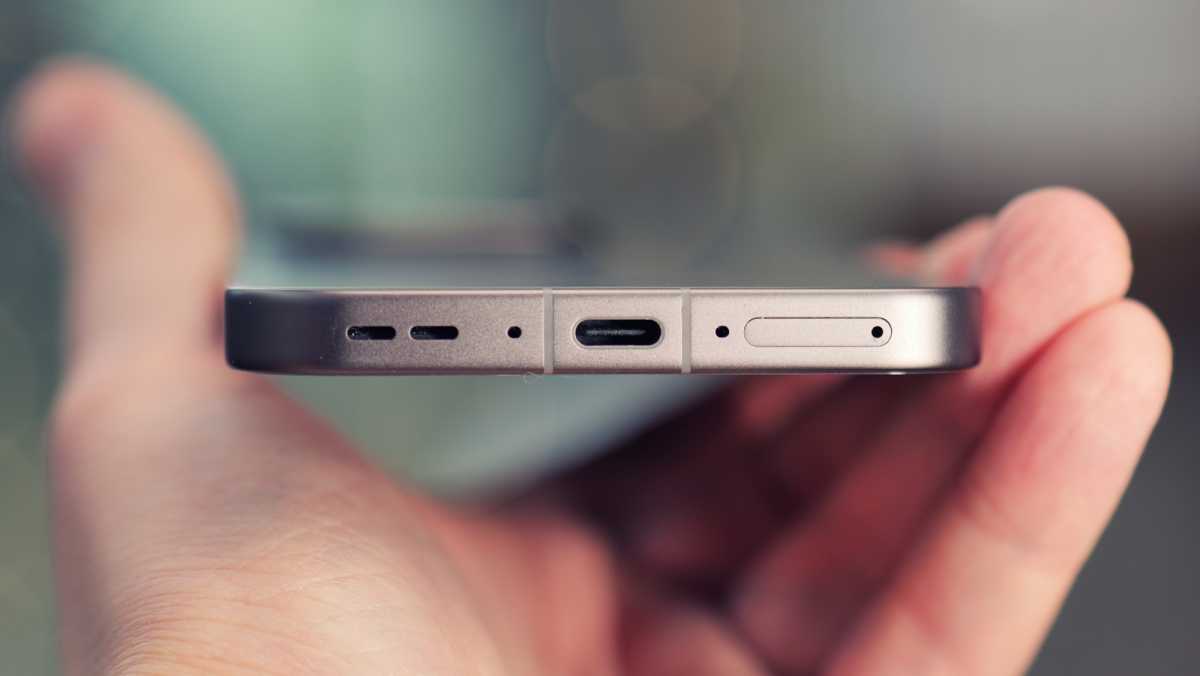
Luke Baker
“The requirements apply to products placed on the market after 28 December 2024. There may be products left in stock after this date that do not support the USB-C requirements and that may be sold out. If the product is covered, it should be possible to charge with any charger, but you may not have access to the maximum charging power,” says Birger Hägg at the Swedish Post and Telecom Authority.
The following product categories must have a USB-C connector for charging, and supplying a charger is optional:
- Mobile phones
- Tablets
- Digital cameras
- Wireless headphones, headsets and earbuds
- Handheld game consoles
- Portable speakers
- Keyboards and mice
- Portable navigation systems
- Laptops (from 28 April 2026)
Hägg says the rules only apply to the connectors themselves, but there is an additional requirement. If a product covered by the rules can be charged with over 5V, 3A of current or 15W of power, it must support the USB-PD (power delivery) standard (see below). Manufacturers are free to use other technologies on the side as well, as long as it does not negatively affect compatibility with USB-C and USB-PD.
A European Commission spokesperson says that the Commission is continuously evaluating the market to determine whether additional categories should be added to the list.
“In addition to the rules on a common charger under the Radio Equipment Directive, the Commission is expected to soon introduce an update to the Ecodesign Regulation with new requirements for all external power adapters that charge or power consumer electronics. The new rules will require that power adapters support the USB-C specifications.”
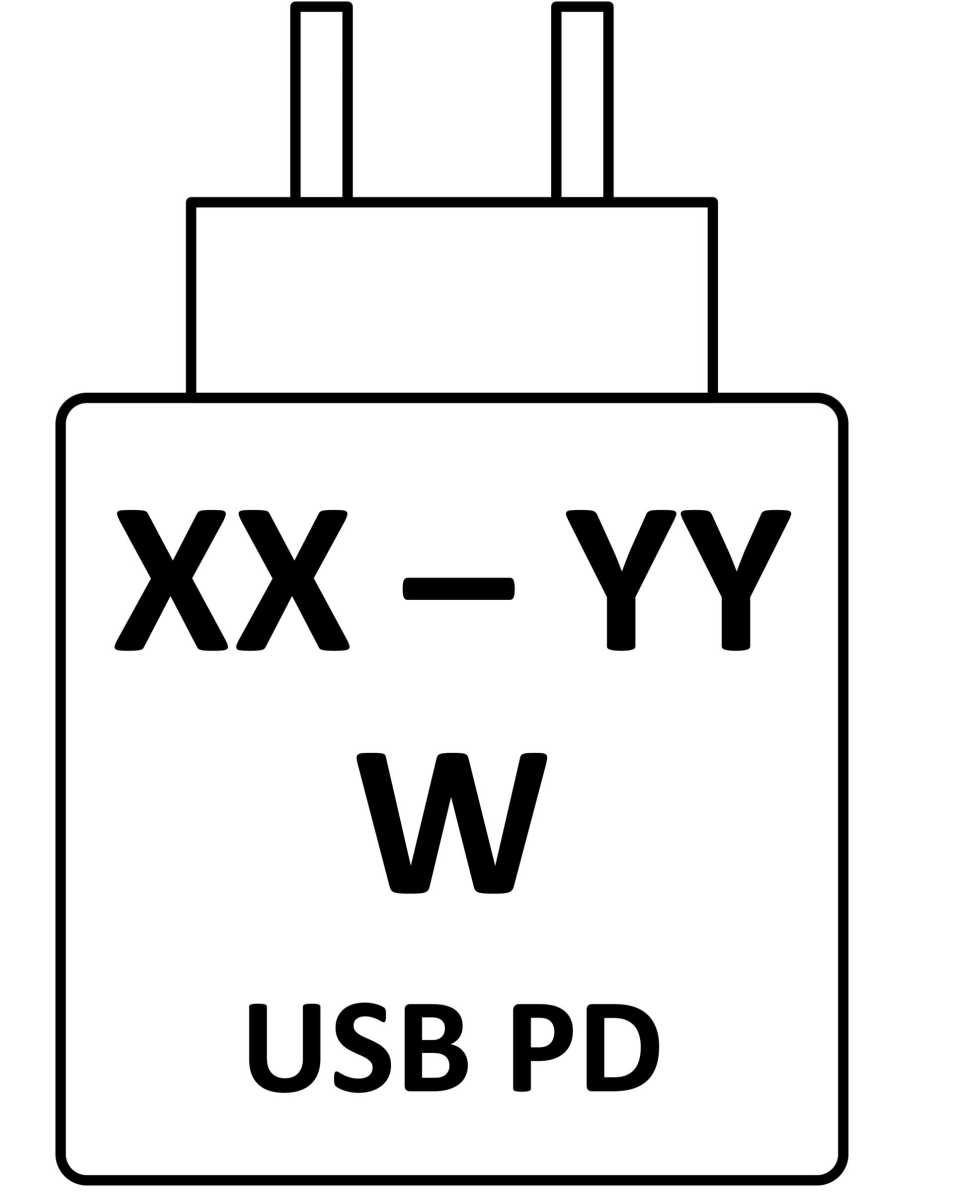
Europeiska kommissionen
In practice, this means that all chargers of more than 15W will support USB-PD in the future and will be labelled with a logo clearly showing the maximum and minimum power they support. This will hopefully make it a little easier to make the right choice when you need to buy a new charger. Most have almost invisible small print explaining the details.
The European Commission has also published guidance on the rules, clarifying exactly what is and is not required. It makes it clear why there is still so much uncertainty about USB-C cables, and it’s something Hägg also points out: cables are not covered by the rules at all.
Charging specs are complicated
In the early years, charging via USB was simple. The standard offered a single power supply option: 0.5A of current at 5.0V. The power – which is the figure most visible in marketing – is the product of these values and is measured in watts, that is, 0.5A x 5V = 2.5W.
This simplicity began to unravel as smartphones became more powerful and manufacturers wanted to speed up charging. Different manufacturers developed their own technologies for fast charging. Qualcomm with its Quick Charge technology, was the leader for a long time, but far from the only one.

USB-IF
Later, the USB Promotors Group developed USB Power Delivery, or USB-PD, which standardises charging/power supply via USB. The standard allows charging with:
5-, 9-, 15V of power and 1.5-3.0A of current or 20V of power and 1.5-5.0A of current for chargers up to 100W (Standard Power Range, spr).
28-, 36- or 48V with up to 5A for chargers over 100W (Extended Power Range, epr).
Individual devices, chargers and cables then support different sets of voltages and currents. If you look at the back of a modern USB charger with USB-C connectors, you will probably find a list of which of these that particular charger supports.
That’s not the end of it
If you think this is complicated enough, I have bad news. In addition to the above, several more features are included in the standard.
Programmable Power Supply, or PPS, means that devices that charge can adjust voltage and current continuously in small steps (20mV and 50mA per step).
“With PPS, the difference is that the charger has a dialogue with the device to switch the charge level in real time. Charging is then both more efficient and takes into account temperature conditions, which is positive for battery health. With USB-PDs without PPS, it is possible to charge at different speeds, but then the charger selects the next lowest voltage level, which can lead to slower charging,” explains Kenan Ömer at Samsung.
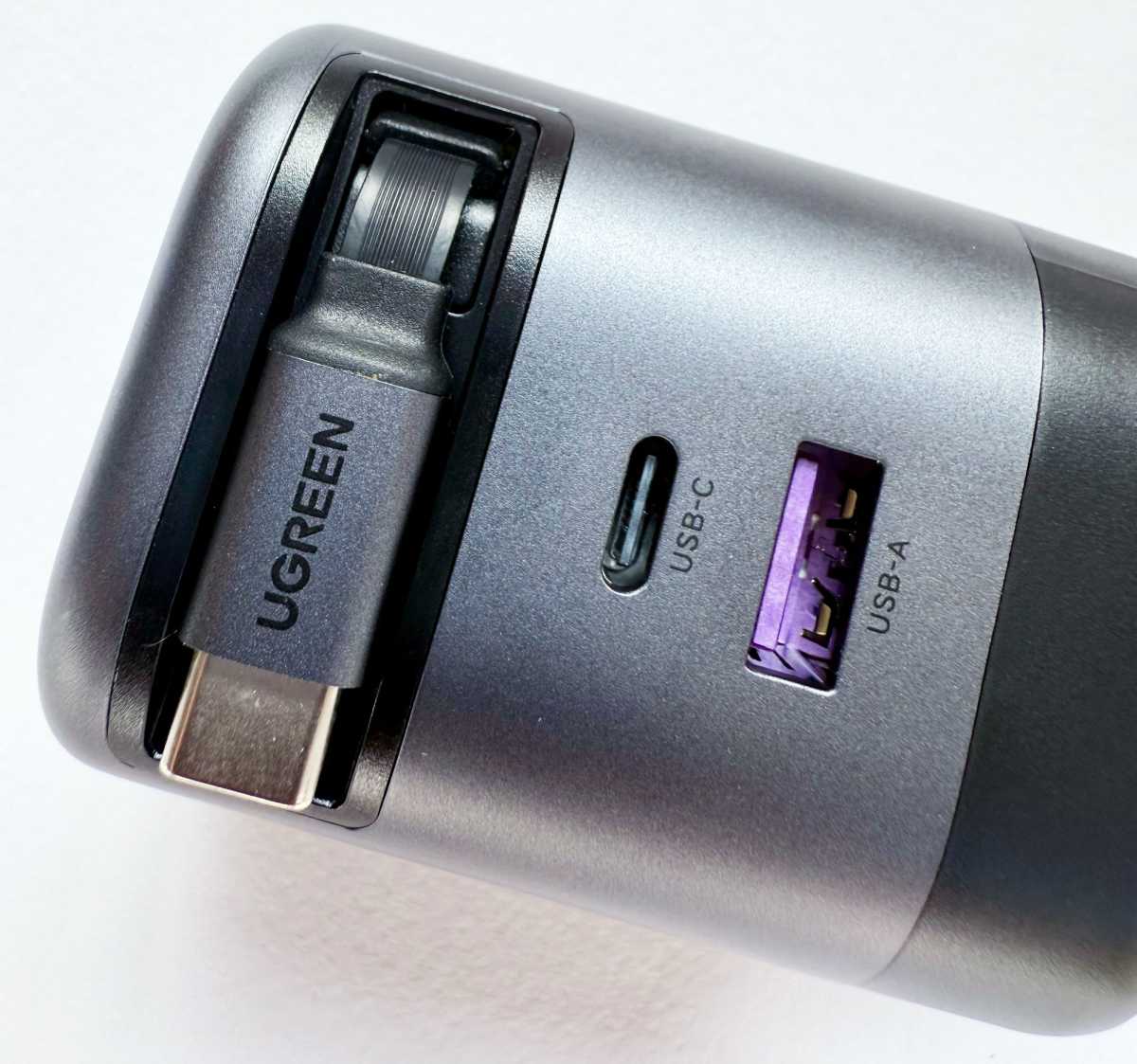
Simon Jary
But not all chargers support PPS, even if they support USB-PD (it can be both). Some support Adjustable Voltage Supply (AVS) technology, which means that only the voltage can be adjusted, in 100mV steps. It also provides a more flexible power supply than without either technology.
EU requirements on common chargers are silent on either PPS or AVS.
When Android Authority 2024 tested fast charging with chargers supporting either basic USB-PD or USB-PD with PPS on a number of popular phone models from Google, Samsung and other manufacturers, the site found big differences in charging speed. The biggest difference was with the Asus Rog Phone 7, which charged at 60W with PPS and 18W without. The Pixel 7 Pro, by comparison, charged at 23- and 18W, respectively.
So a 100W charger for a laptop may not even provide 20W of power for a mobile phone.

Chris Martin / Foundry
Some manufacturers have continued to use their own proprietary fast-charging technologies instead of embracing USB-PD with PPS. For example, the Honor has “Supercharge” technology and Xiaomi has “Hypercharge”.
Take a look at Samsung’s list of compatibility for different charging technologies and you will clearly see how complicated it has become.
“Whether you’re using a Galaxy smartphone or tablet, it’s important to know the right option to keep your device powered efficiently and safely. Galaxy devices support a range of charging types, from standard wired chargers to advanced wireless options, along with varying charging speeds like Fast Charging, Super Fast Charging and Super Fast Charging 2.0,” says the firm.
You might also be wondering what a GaN charger is…
This stands for gallium nitride and is used instead of silicon. The semiconductor that can conduct electricity more efficiently and faster than silicon meaning these chargers can be faster, smaller and cooler.
Optional technologies
To make matters worse, there are several other optional features in the standard that manufacturers don’t have to follow to label a charger as USB-PD compatible.
For example, IKEA, among others, sells chargers that can supply gadgets with 12 volts of voltage, and manufactures gadgets whose maximum charging power can only be achieved with 12 volts. If you connect such a gadget to a charger from another manufacturer that only has the standard voltages of 5/9/15/20 volts, it will not charge optimally.
An example of how complicated this can get is the popular Raspberry Pi mini computer. The latest model, the Raspberry Pi 5, can draw over 20W with many accessories connected, but cannot use more than 5.1V. The company sells a recommended power adapter/charger with a maximum output of 27W, which supplies the small computer with 5.1V and up to 5A, i.e. a maximum of 25.5W.
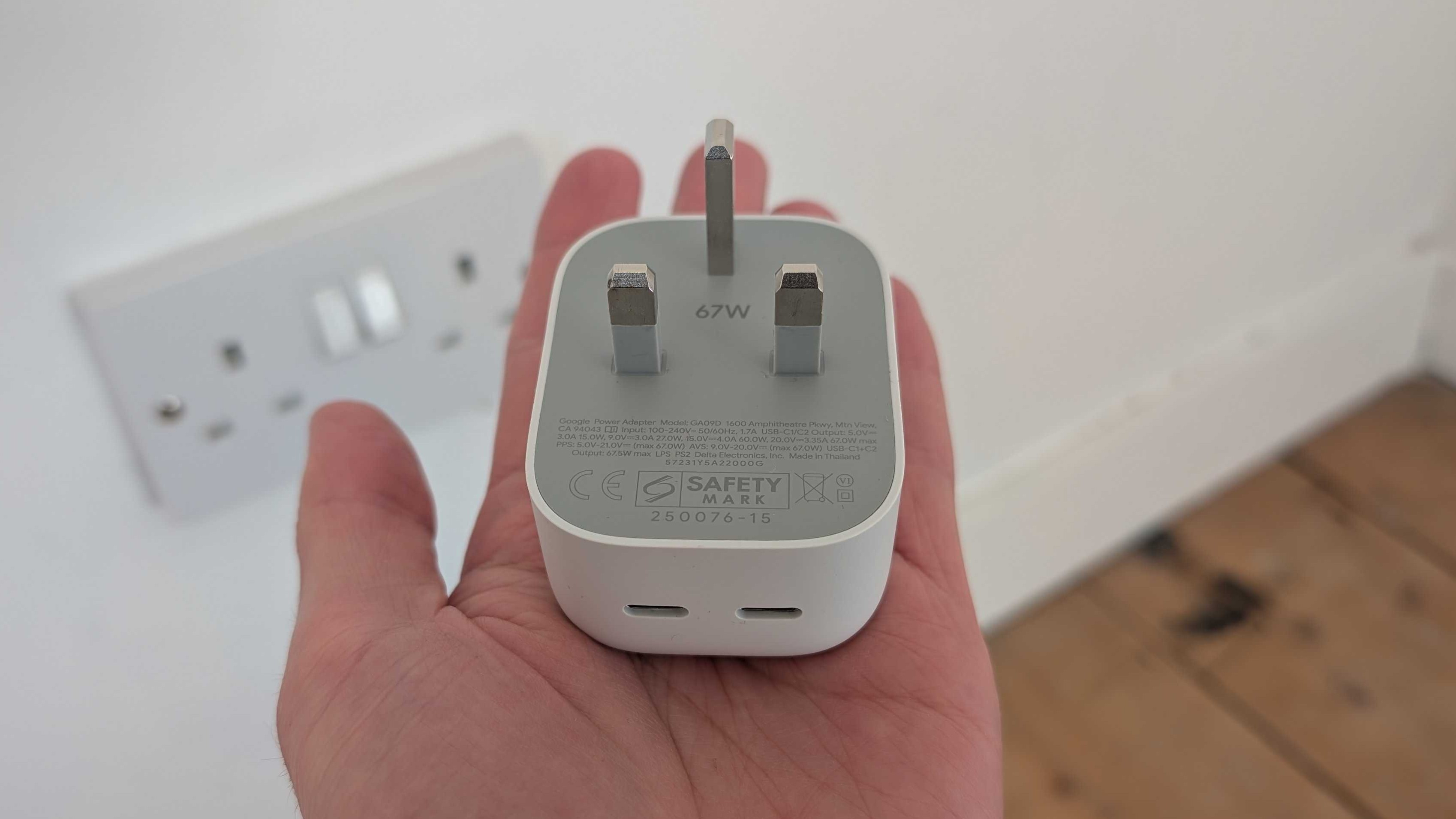
Anyron Copeman / Foundry
Currents above 3A at less than 20V are one of the optional features of USB-PD, and few third-party chargers support 5A at 5V. Moreover, using one requires a cable rated for over 3A, which few are.
This is how the European Commission spokesperson explains it:
“The requirements for a common charger only apply to the categories or classes of radio equipment mentioned above. The additional requirement for USB-PD compatibility only applies to products that can be charged with more than 15 watts. Manufacturers of products that do not fall into these categories are therefore free to comply with all or part of the rules on a common charger.”
Raspberry Pi, although a radio device, does not have a rechargeable battery and is therefore not covered by the rules. The fact that the computer can still use USB-PD is something Raspberry Pi has chosen for practical reasons, and the fact that the company has chosen to utilise the optional support for higher power had nothing to do with the law anyway.
How to choose the best USB-C charger
Hopefully, we’ve made things clearer on the different types of USB-C charging standards you will come across, but you might still be wondering how to ensure you buy the best one for your device(s).
The safest thing to do is buy a charger from the same brand. For example, if you have a Pixel 10 Pro XL, buy one of Google’s chargers like the new Flex Dual Port 67W.
Even then, you might end up overspending as the charger could be overkill for your device, albeit futureproofed. If in doubt, we advise carefully inspecting the specs of your phone or tablet as well as the specs of the charger to make sure they match.

Chris Martin / Foundry
The manufacturer – and this includes third-party ones like Anker, Belkin and Ugreen – should clearly state what devices are supported.
If in doubt, look for a charger with USB-PD and PPS (and AVS too) to cover as many bases as possible (see above).
Note that when a charger has multiple ports, they might not all support the fastest speeds. Often, it’s only one and the others are slower.
Data complicates things further
Charging and power supply are not the only areas where USB-C has led to more confusion rather than fewer.
Since USB cables can also be used for data transfer and USB-C cables do not indicate the speed they support, finding the right cable to copy files from one device to another, for example, can be a real hassle.
Many USB-C charging cables do not support data transfer at all. For those that do, the speed is often limited to USB 2.0 (480 Mbit/s). On the other hand, cables designed for data transfer that support, for example, USB 3.2 gen 2 (10 Gbit/s) can rarely charge at very high power.
The USB-C standard also supports something called alt mode, which means that one connector can be used to connect screens. For this to work, both the connector and the cable must support it.
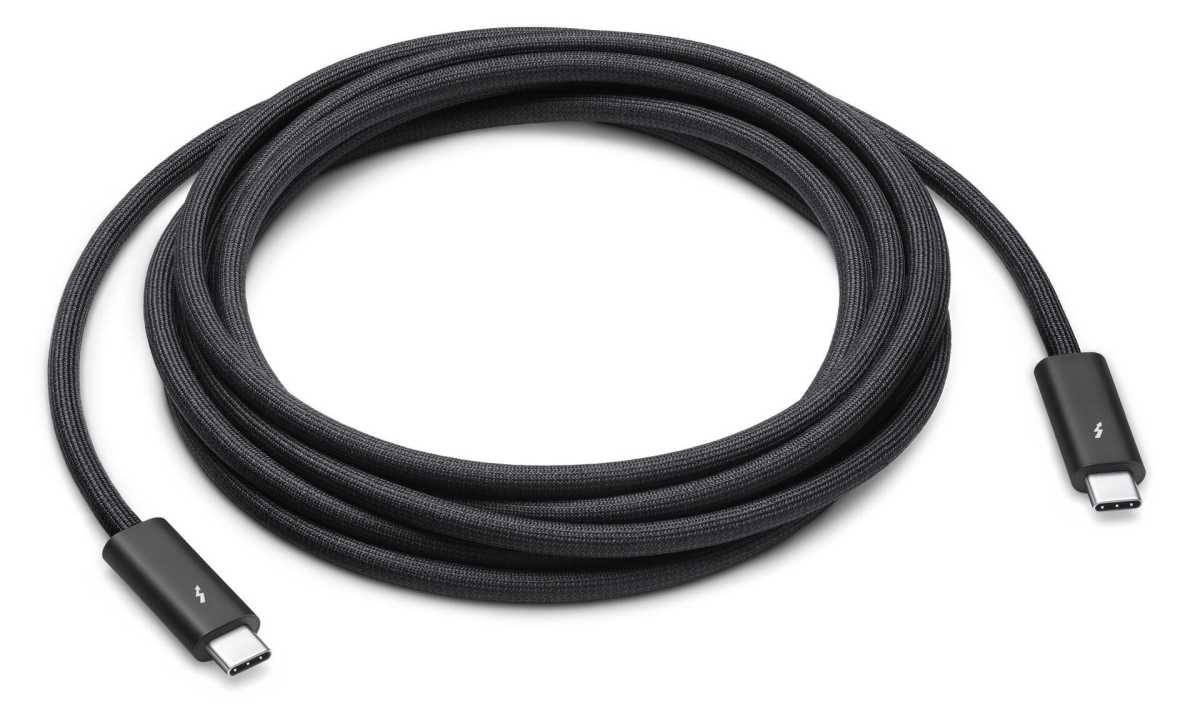
Apple
As if that wasn’t enough, the Thunderbolt standard also uses physical USB-C connectors since version 3. So a Thunderbolt cable looks like a USB-C cable, but they are not interchangeable.
Sources
I have taken the technical information about the USB-PD standard from the organisation USB-IF, which develops the standard, and from the Japanese circuit manufacturer Renesas, which has a very good overview on its training site.
Link do Autor





